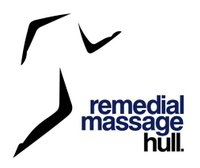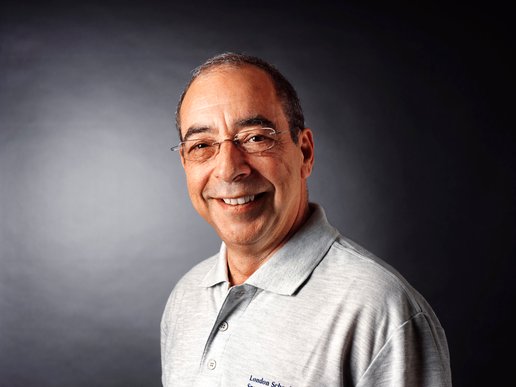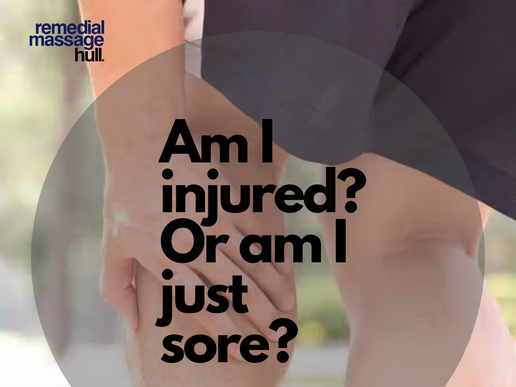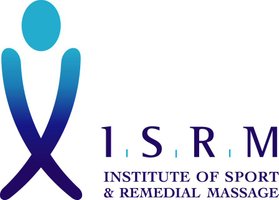Scroll down to see our latest blog posts and customer reviews
MEL CASH’S VIEW ON SOFT TISSUE THERAPY - PUBLISHED JANUARY 2015
I was lucky enough to study under the excellent tutelage of Mel Cash at the London School of Sports Massage. Mel has written an article that I think sums up just how great Soft Tissue Massage can be, which I’ve republished below. You can check out his website for more details and links to the numerous great books Mel has written.
Time for a new message
‘Soft tissue therapy’… much more than ‘just’ sports massage!
From Mel Cash (author & principle tutor LSSM)
‘The level of clinical skill and competence we aim to deliver is now so far ahead of the rest of the massage profession in our country that we need to set ourselves apart. People need to know there is something of much higher quality available, and we can only raise awareness by promoting a new title which identifies it.’
Through its origins at LSSM, the ISRM has been the pioneer and leader of the massage profession for 25 years, and we have continually set new, higher standards in training. I believe we now have the experience and confidence to start a new era. We should position ourselves beyond the massage profession by calling ourselves ‘Soft Tissue Therapists’, because this is a more accurate description of what we do, and the way our successful therapists make their living.
‘Sport and Remedial Massage’ implies that we only use massage techniques – but this has been inaccurate for a long time. Although very important, massage is only one among the wide range of techniques we use, and many of us regularly give effective treatments which do not include any ‘traditional’ massage strokes.
The rest of the UK massage training industry has been very slow at trying to catch up with ISRM. Many sports massage courses claim that their qualification enables therapists to ‘treat athletes’, and people naturally interpret this to mean they will be able to treat sports injuries. In reality however, they are only taught how to give athletes a massage treatment. I have also witnessed and heard reports about some therapists who seem to have been taught a style of so-called ‘sports massage’ which should really be called ‘brutal massage’, causing their clients unnecessary pain and bruising. Is this something we want to be associated with?
The level of clinical skill and competence we aim to deliver is now so far ahead of the rest of the massage profession in our country that we need to set ourselves apart. People need to know there is something of much higher quality available, and we can only raise awareness by promoting a new title which identifies it.
It is disappointing when I hear about some ISRM therapists who, after a few years, are still struggling to get enough clients when there are many others who are thriving well. It often appears to be the ones who stay in the comfort-zone of general massage treatment who do not do so well. It is the therapists who apply their advanced skills to the challenge of each new client and who strive to find solutions to their minor and chronic injuries, who prosper.
Whenever (sports) massage is mentioned, always state that what we do is ‘“Soft Tissue Therapy”… much more than “just” sports massage’!
‘Soft Tissue Therapy’ is not a protected title, so unfortunately anyone can use it. Word is spreading, and some therapists with ‘ordinary’ massage qualifications have started using the title, which makes them appear to be on the same level as us. Although we cannot prevent this, it is important that we take every opportunity to make people aware that ‘BTEC qualified’ Soft Tissue Therapists have been trained to:
Safely assess minor and chronic injuries
Apply a range of advanced techniques to treat them
Offer practical advice on rehabilitation, and on postural, movement, and performance improvement.
Mel Cash
AM I INJURED OR AM I JUST SORE? PUBLISHED 14/02/2024
Everyone from elite level sportspeople to complete novices know that when you train hard, it's going to hurt. Sometimes pain can be difficult towork out. It is our body's way of letting us know that something isn't quite right. Ask yourself these 5 questions next time you're in pain to help understand what'sgoing on. is it soreness from DOMS or is it an injury?
When did it start?
Generally speaking, most injuries occur there and then.Pain from an injury usually sets in immediately after the injury occurs. If you feel immediate, sudden pain during or after a workout, you'll probably know right away that you've been injured. Soreness, however, can occur over time. Typically 12-24 hours post activity is when DOMS (delayed onset muscle soreness) can set in.
What does it feel like?
Often, muscle soreness can produce a tightness with a tender feeling to the touch. This is usually accompanied with a dull ache. While this can be an annoying niggle, it shouldn't stop you from performing normal daily activities such as walking or light jogging. It may, however, prohibit you from reaching the end range of movement. For instance, a low squat may be challenging.
On the contrary, injury pain is typically described as a sharp shooting pain. Bending down to touch the ground, for example, may elicit a sharp intense pain if you were to have injured your lower back.
Does rest help?
For the most part, being sedentary can actually make DOMS worse, or at least feel that way. When you engage in light activities, such as running at 60% effort, does the soreness dissipate? This could be a sign of DOMS.
Injuries however tend to worsen with continued activity. Unlike the soreness experienced with DOMS, you may feel persistent pain when exercising with an injury. Ask yourself how it feels after warming up.DOMS usually starts to let up once you get moving with thehelp of increased blood flow. Injuries, however, don't get any less painful so it would be advised to take it easy.
Do recovery techniques help?
While it's difficult to clear DOMS once it's set in (only time will cure it), you may find relief with workout recovery techniques such as active recovery, stretching, foam rolling, heat therapy, massage and compression therapy. If these activities improve your range of motion and offer some temporary relief, there's a good chance you're just sore.
If workout recovery techniques do nothing for your pain or make it worse, you should seek specialist help as injury could be a possibility.
#injury #musclepain #soreness #DOMS #health #wellbeing #injuryprevention #prehab #stretching #massage #recovery
Joe Rainey




